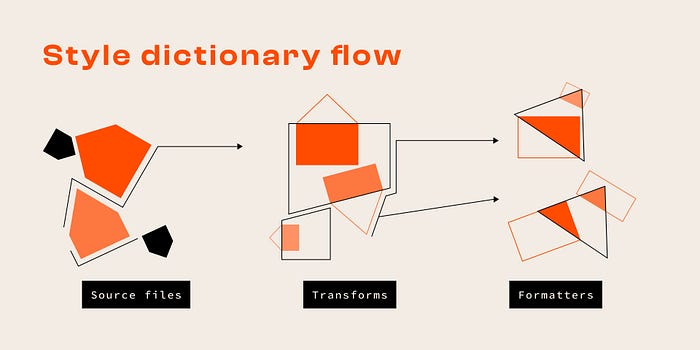
Member-only story
W3C Design Tokens with Style Dictionary
Building your w3c standard design tokens with style dictionary
Who is the w3c and who is working on design tokens?
The World Wide Web Consortium (W3C) is an international community¹. It’s led by Tim Berners-Lee² and Jeffrey Jaffe. Together with organizations, a full-time staff, and individual developers they develop web standards³. Founded in 1994, as of march 2022, the W3C had 459 members¹. This includes businesses, nonprofit organizations, universities, governmental entities, and individuals like³:
- Wikimedia Foundation
- Mozilla Foundation
- Microsoft
- Meta
- Amazon
- Adobe
- Stanford University
- University of Edinburgh
- Vienna University of Economics and Business
Why should you use the w3c standard?
The current draft of the w3c design token standard is all we have. It’s as closes as we can get to an industry agreed interchange format for design tokens.
NOTE: At the moment the standard is still a draft and subject to change…
